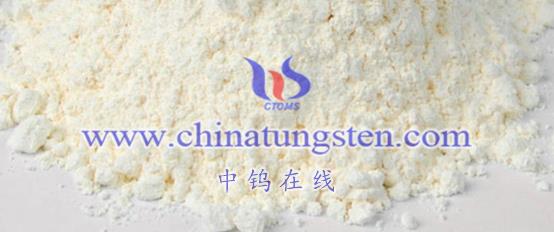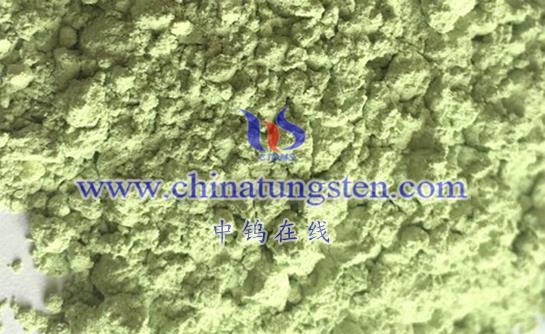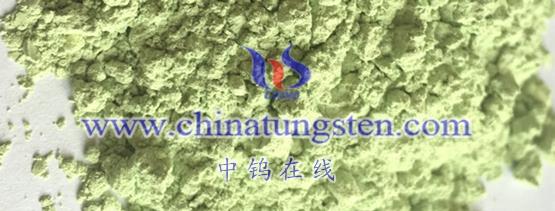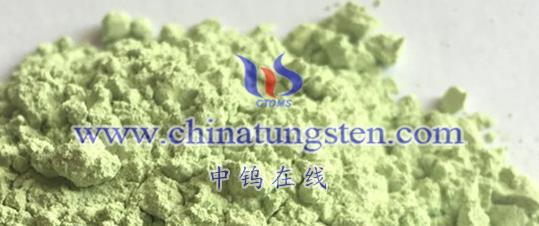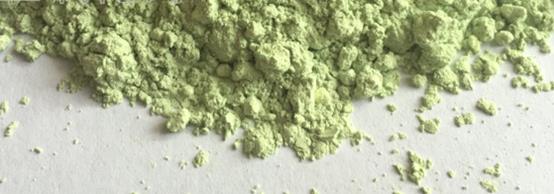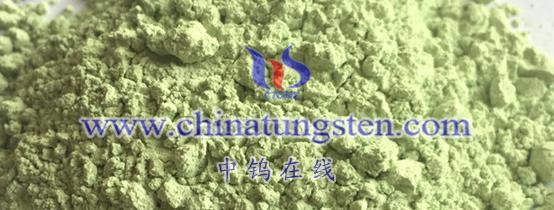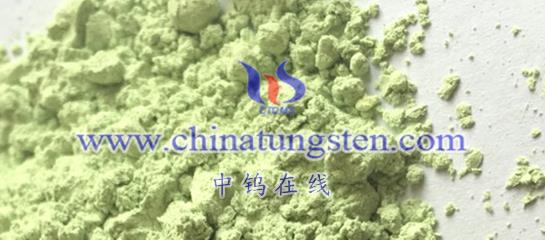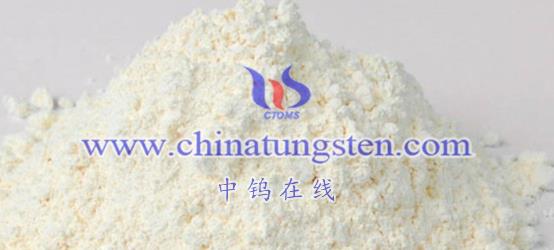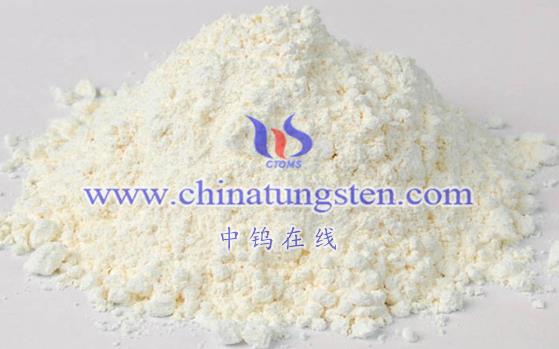
Tungsten oxide nanoparticles (WO3) have broad application prospects in photothermal therapy, primarily due to their excellent photothermal conversion properties, good biocompatibility, and tunability. Below is a detailed analysis of their application outlook.
- Advantages of Photothermal Therapy
Photothermal therapy is a treatment method that uses photothermal agents to convert light energy into heat energy, selectively heating and destroying tumor and other pathological tissues. Compared to traditional treatments such as chemotherapy, radiotherapy, and surgery, photothermal therapy has several advantages, including shorter treatment times, significant efficacy, and reduced side effects. Furthermore, photothermal therapy offers better targeting and controllability, which helps to minimize damage to normal tissues.
- Advantages of Tungsten Oxide Nanoparticles in Photothermal Therapy
- Excellent Photothermal Conversion Properties: Tungsten oxide nanoparticles exhibit strong light absorption in the near-infrared region and can efficiently convert absorbed light energy into heat. This performance makes them ideal photothermal agents.
- Good Biocompatibility: Tungsten oxide nanoparticles show low toxicity and good biocompatibility in biological systems, providing essential safety guarantees for their use in photothermal therapy.
- Tunable Properties: By altering the particle size, morphology, and surface modifications of tungsten oxide nanoparticles, it is possible to control their photothermal conversion properties. This tunability allows tungsten oxide nanoparticles to meet the treatment needs of various diseases.
- Application Outlook Analysis
- Tumor Treatment with Tungsten Oxide Nanoparticles: As photothermal agents, tungsten oxide nanoparticles show significant potential in tumor treatment. By administering nanoparticles via intravenous injection or direct injection at tumor sites, it is possible to heat and destroy tumor tissues under near-infrared laser irradiation. This method can effectively kill cancer cells while minimizing damage to normal tissues.
- Combination with Other Treatment Modalities: Tungsten oxide nanoparticles can be combined with other treatment methods (such as chemotherapy, radiotherapy, and immunotherapy) to achieve multi-modal treatment. By integrating various approaches, it is possible to further enhance treatment efficacy and reduce side effects.
- Biological Imaging with Tungsten Oxide Nanoparticles: To meet the practical needs of modern medicine, the photothermal agents themselves can possess imaging capabilities or be modified with imaging agents to provide such capabilities. This allows tungsten oxide nanoparticles to perform biological imaging while conducting photothermal therapy, offering real-time feedback and precise localization during the treatment process.
- Development of New Materials: With the continuous advancement of nanotechnology and materials science, the preparation methods and performance tuning techniques for tungsten oxide nanoparticles will continue to improve. This will provide more possibilities and options for their application in photothermal therapy.
The application prospects for tungsten oxide nanoparticles in photothermal therapy are very promising. Their excellent photothermal conversion properties, good biocompatibility, and tunability make them a photothermal agent with immense potential. As research continues to deepen and technology evolves, the applications of tungsten oxide nanoparticles in photothermal therapy will become even broader and more in-depth.
More details of tungsten oxide product, please visit website: tungsten-oxide.com
Please contact CHINATUNGSTEN for inquiry and order of tungsten oxide:
Email: sales@chinatungsten.com
Tel.: 86 592 5129595
